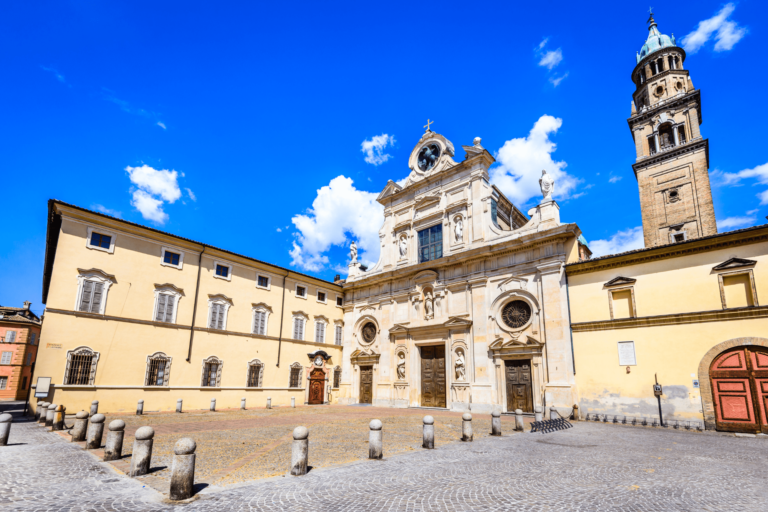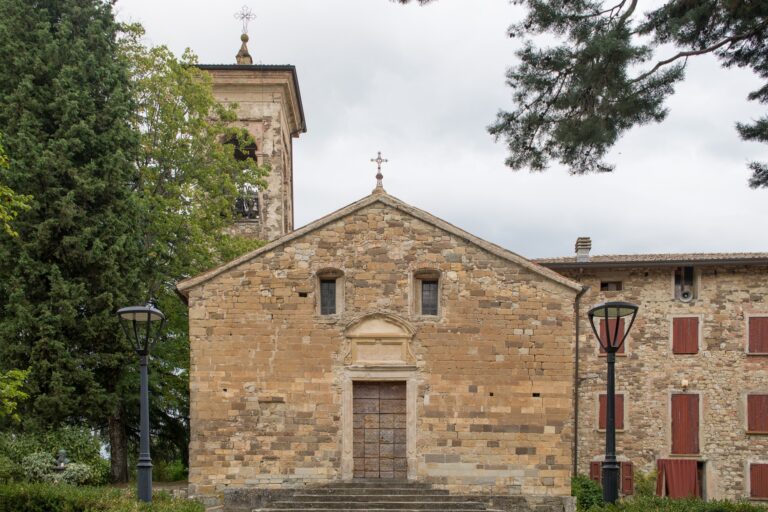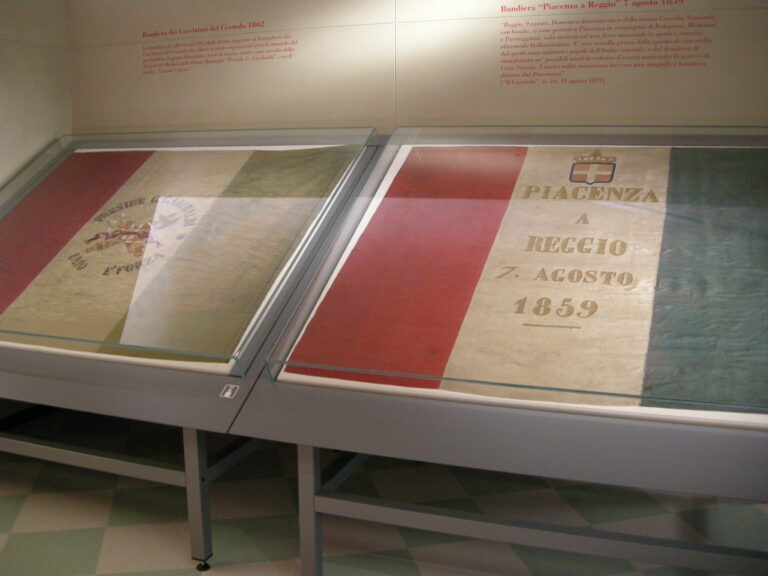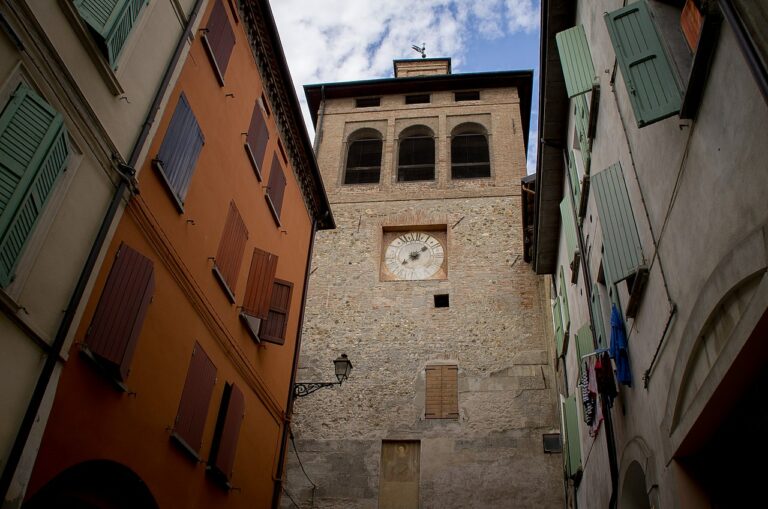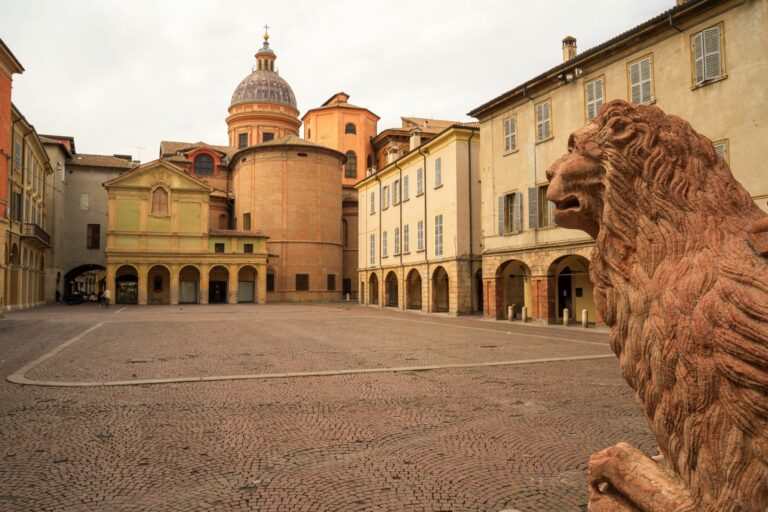Reggio Emilia is called the city of the tricolor because the tricolor was born as the flag of the Cispadane Republic chosen by the deputies gathered in the Reggio City Hall…
Reggio Emilia is known in Italy and around the world for its quality of life, which always places it high in the rankings on livability and efficiency of services, for the originality of its economic model to whose success the tradition of the cooperative system has contributed in no small part, for the advanced character of its schools, especially kindergartens (Reggio Children), and above all for its food products.
It was founded in the second century B.C. by the Roman consul Marcus Aemilius Lepidus.
It is called the city of the tricolor because the tricolor was born as the flag of the Cispadane Republic chosen by the deputies gathered in the Reggio City Hall. In 1848 in the First War of Independence it was adopted as the national flag to symbolize the Risorgimento of Italy. The tricolor hall and related museum can be visited.
The Basilica della Ghiara from an artistic point of view is perhaps the most important episode in the city. The construction of the Basilica is linked to the miracle that occurred on April 29, 1596 when young Marchino, deaf-mute from birth, miraculously obtained speech and hearing while praying before an image of Our Lady painted by Bertone. A marble memorial now stands on that spot to the left of the temple. The term giara, on the other hand, is due to the fact that the edifice is built on a spot where the Cròstolo stream flowed, with extensive gravelly deposits. The design of the temple is by the Ferrara architect Alessandro Balbi; it was built by the Reggio Emilia architect Pacchioni, who began construction in 1597. The municipality,for the city altar, commissioned Guercino to paint a work that is considered the masterpiece: the Crucifixion of Christ, with the Madonna and Saints Mary Magdalene, St. John and St. Prospero at her feet.
Church of San Girolamo, located on the street of the same name, is completely Baroque, is an elaborate superimposition of three oratories, incorporating reproductions of the Holy Staircase and the Holy Sepulcher, designed by Gaspare Vigarani, an architect from Reggio, who also worked at the court of the Sun King.
Cathedral in Prampolini Square, adorned by its Mannerist statues of Clement, with the Baptistery alongside , which hides a Romanesque soul behind its Renaissance elevation.
Basilica of San Prospero (protector of the city), in the square of the same name connected by a striking covered passageway, called the Sotto Broletto, to the previous square. It has an eighteenth-century facade in terracotta, grafted onto sharp Renaissance lines , and has a very rich decorative apparatus that has its climax in Camillo Procaccini’s Giudizio universale.
The Municipal Theater, dedicated to the great Reggio Emilia actor Romolo Valli , is a spectacle within a spectacle also because of the magnificence of the decor and furnishings The theater is the third most beautiful in Italy and is famous for the shows held there with performances and concerts of classical and operatic music, prose, dance and with specialized reviews dedicated to jazz , contemporary music to children’s theater and the Aterballetto dance school directed by Cosi and Stefanescu . It is located in the green Public Gardens, seven hectares of parkland , in the area of the demolished Citadel.
Ariosto Theater is located next to the public gardens. Built in 1740 to a design by Antonio Cugini Destroyed by fire in 1851 it was rebuilt respecting the original lines The Art Nouveau decoration was executed by Anselmo Govi, inspired by verses from Orlando Furioso by Ludovico Ariosto the great poet born in Reggio Emilia in 1474 The theater hosts prose performances.
Galleria Parmeggiani is an interesting collecting episode that saw three nineteenth-century collections converge in Reggio in 1925 by Luigi Parmeggiani , paintings, furniture, costumes and textiles from the collection of the antiquarian collector painter Ignacio Leon y Escosura , weapons and goldsmithing from the Parisian workshop Marcy paintings by the Spoleto painter Cesare Detti.
Civic Museums near the public gardens. This is a fascinating exhibit that includes the collection of naturalist Lazzaro Spallanzani , the paleontological collections of Gaetano Chierici , artifacts from the Roman and early medieval city, and a picture gallery documenting the art of the local school from the 14th to the 20th century.
Mauriziano three kilometers away. On the Via Emilia in the direction of Modena we find the 15th-century villa where the poet Ludovico Ariosto was born and stayed. The most interesting wing of the building is the eastern one as it preserves 15th-century structures and where we can admire the ” Camerino of the Poets,” the “Camerino of the Horatii and Curiazi,” and the “Camerino of Ariosto” with 16th-century frescoes depicting hunting scenes, landscapes, gardens, love scenes, episodes of history and figures of men of letters, in full harmony with the courtly and literary taste of the time.
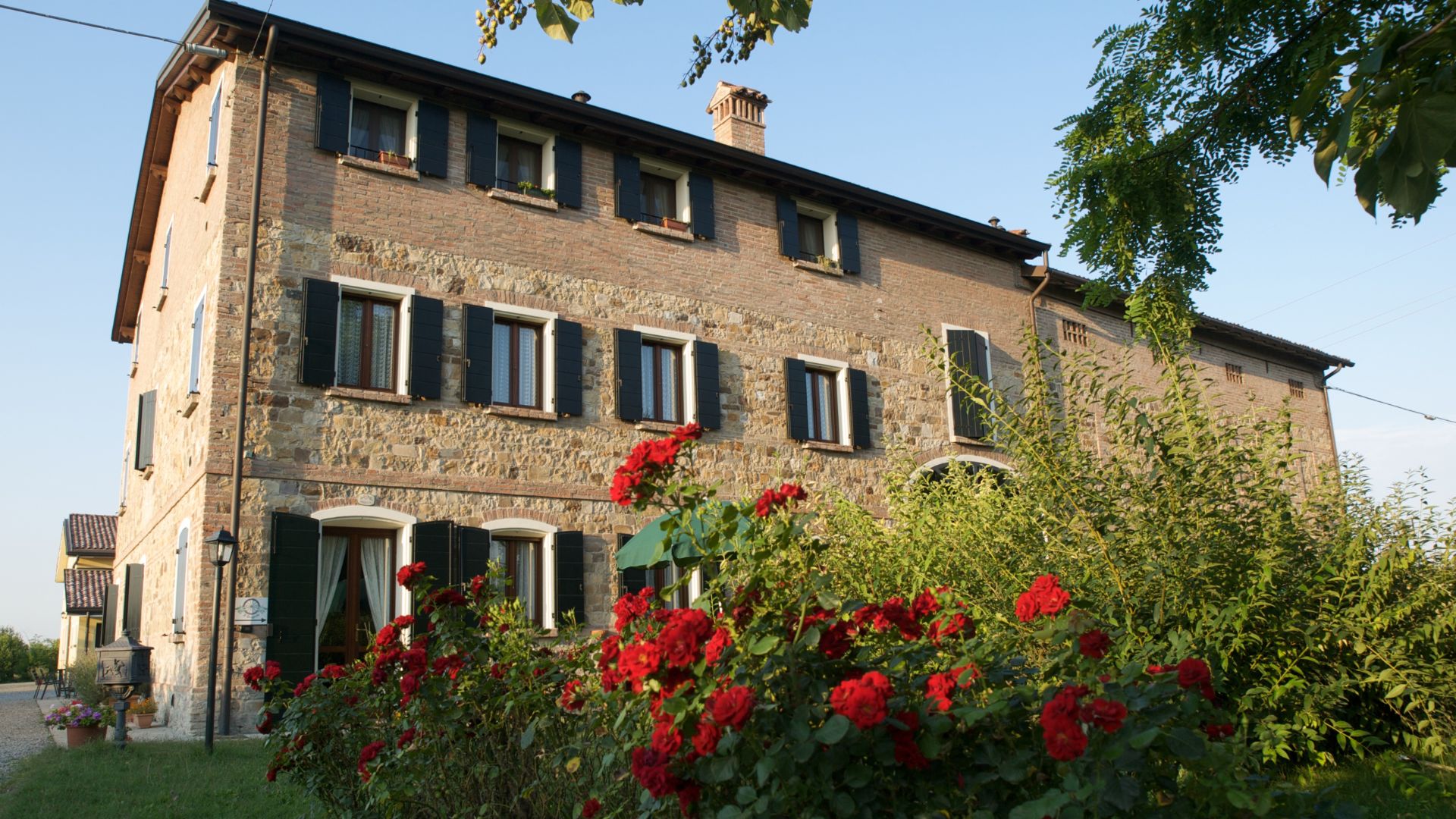
AGRITURISMO IL BRUGNOLO
Welcome to il Brugnolo
If you’re looking for completely independent apartments surrounded by greenery you really are in the right place here!
In fact, Brugnolo is immersed in the green nature of the Emilian countryside. For your relaxation, for that of your children, and again for the runs of your 4-legged friends, you will have 6000 square meters of park at your disposal!

